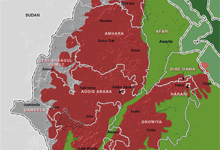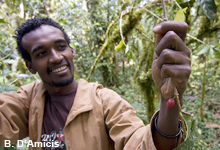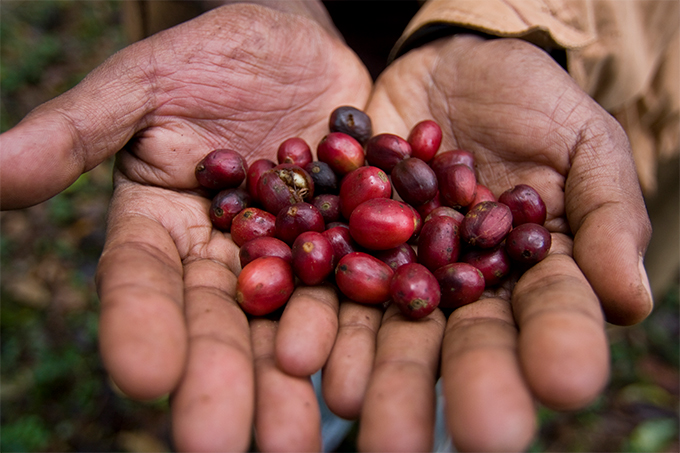Black and white colobus monkey - Foto: Bruno D´Amicis
Kafa Biosphere Reserve
Unique coffee forests full of life
-
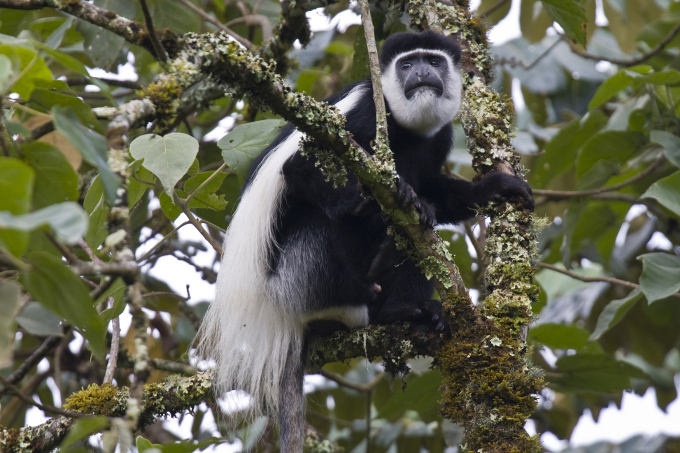
-
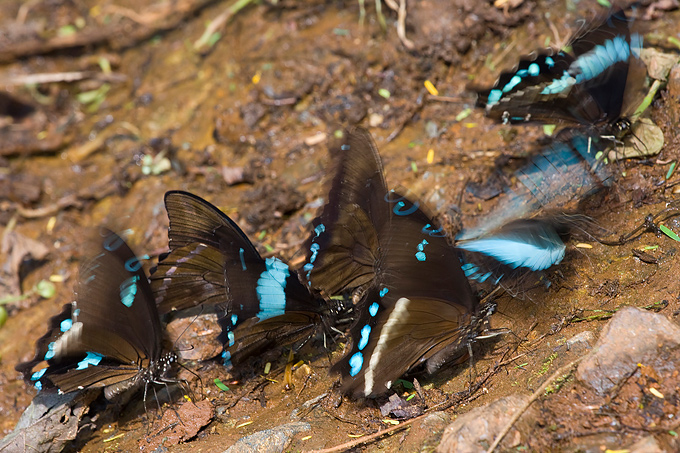
Butterflies - Foto: Bruno D´Amicis
-
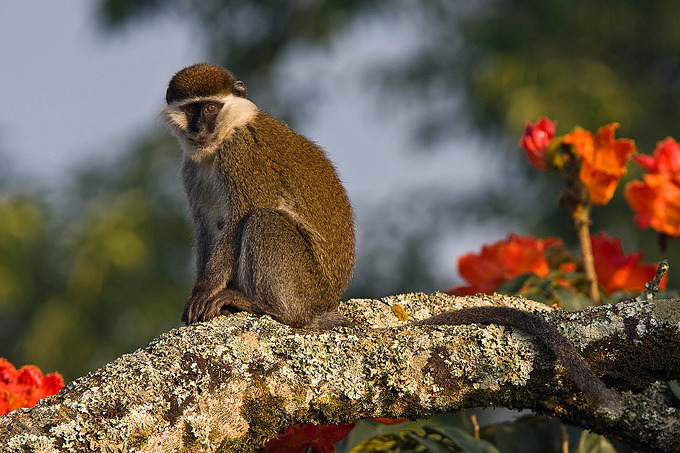
Vervet monkey - Foto: Bruno D´Amicis
-
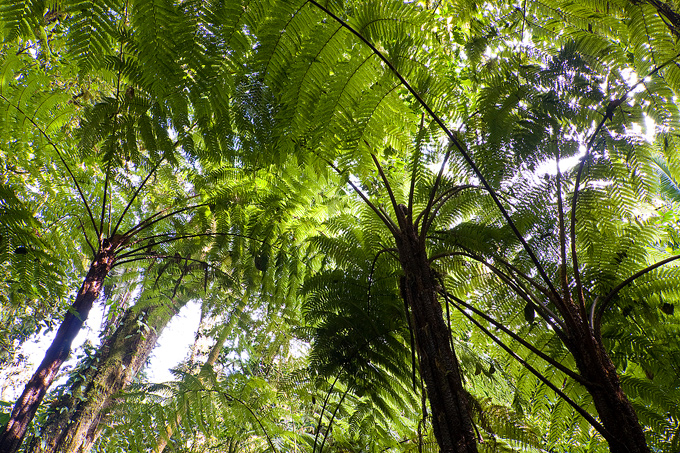
Tree fern - Foto: Bruno D´Amicis
Around 95 percent of Ethiopia’s remaining forests are centred in two regions. One of these is the Southern Nations, Nationalities and Peoples Regional State (SNNPRS) province. Within this province is the Kafa Zone, which still boasts large, overlapping areas of mountainous afromontane cloud forest. The region is one of the 36 “Biodiversity Hotspots” worldwide (Eastern Afromontane) and is therefore of global significance for conservation.
The plateau, which was formerly densely forested, presents primeval forests, bamboo thickets and wetlands. Around 106 woody plant species belonging to 74 genera and 38 families are recorded. Dominant species are Coffea arabica, Pouteria adolfi-friedercii, Berasama abyssinica, Schefflera abyssinica, Trilepsium madagascariense and Polyscias fulva.
One hundred bird species have been recorded in the area; 15 of the bird species are reported to comprise the “Highland Biome Species”, thus accounting for 31 percent of the Restricted Highland Biome Assemblages in Ethiopia. At least 48 mammalian species, representing 14 families are estimated to be present in the zone.
With its three major rivers: Gojeb, Dinchia and Woshi, the forest area is an important fresh water reservoir for the entire region. However the size of the forest has dramatically reduced; the forest is now dispersed to include settlement areas, grazing and agricultural land. Areas of mostly undisturbed forest have been identified as untouchable core zones.
5000 variations of wild coffee
Local people collect wild coffee from the forests for their own use and for sale.
More about coffee5000 variations of wild coffee
Around 90 percent of the coffee drunk worldwide is Arabica coffee. Scientists estimate that in Kafa centuries of mostly undisturbed evolution have produced around 5,000 varieties of coffee. Coffee plants are a part of the delicately balanced forest ecosystem in Kafa and are used by the local inhabitants.
The coffee is picked both for personal use and for sale at local markets. A typical farmer still lives on what is grown in his fields and harvests the wild-growing coffee fruit and a variety of commercially-valuable spices and honey from wild bees for his own use and sale at local markets. Nowadays, over 6,500 farmers have formed cooperatives through which they can supply more coffee at a consistently high quality than they could as individual farmers. Now the coffee from the cooperatives is even exported internationally.
Ethiopia is the only coffee-producing country in Africa with a traditional coffee-drinking culture. At least three times a day, women perform a ritual, the daily ’coffee ceremony’, when green coffee beans are freshly roasted, crushed and brewed to be served to family and guests sitting together to discuss events and share stories. After decades of research, Kafa’s profile as the ‘birthplace’ of Arabica coffee was raised recently when the Ethiopian government decided to establish the National Coffee Museum in Bonga, the Zone’s capital.
project overview
Kafa Biosphere Reserve is challenged by the lack of sustainable employment and innovation for green development and adaptation to the impacts of climate change. The project aims at structuring the up to now non-commercialised garden coffee value chain. more →
topic overview
NABU promotes sustainable regional development worldwide. Our international projects always include income-generating activities, which comprehensively address all three dimensions of sustainability - balancing economy, ecology and social equality. more →

